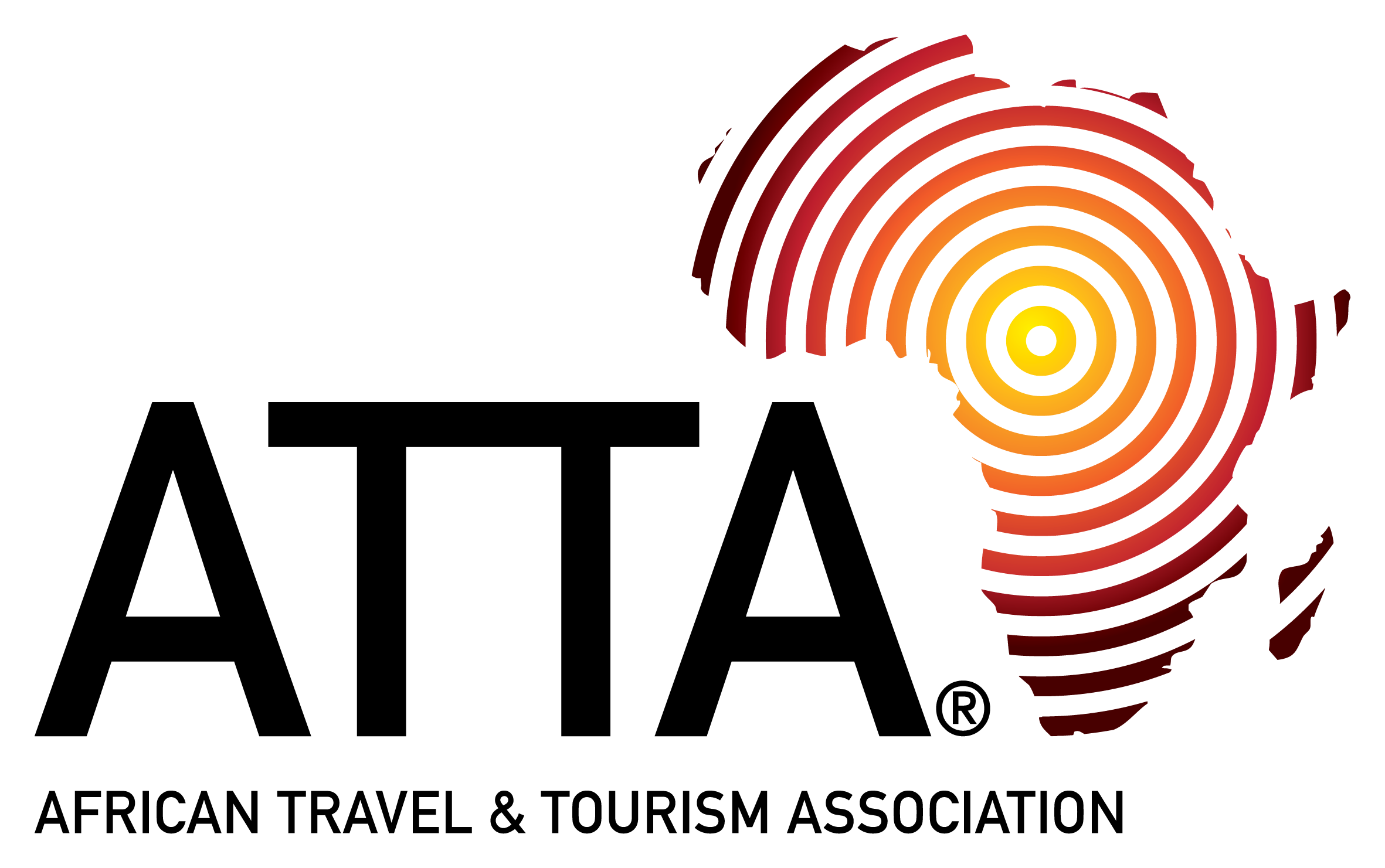Day 1: Arrive Antananarivo
You will be met on arrival into Ivato Airport and transferred to the Relais des Plateaux for one night (B&B basis).
Relais des Plateaux
Opened in 2005, the Relais des Plateaux is located close to Ivato International Airport and offers a good standard of accommodation. This is a simple but charming hotel that is very much a part of the local community, with much of the furniture and equipment having been made locally and the food sourced from co-operatives. The rooms, of which there are 46, are air-conditioned and en-suite.Day 2: Antananarivo to Andasibe-Mantadia National Park
Depart Tana after breakfast and journey to Andasibe, a journey of 2-3 hours through the green landscapes of the east, a region of dense rainforests and beautiful lakes. En route, there will be time to stop at the Pyereras Reserve, which houses various species of reptile, amphibian and butterfly, including a large population of chameleons.
Arrive at the Andasibe Hotel late afternoon and check-in for three nights (B&B basis).
The Andasibe Hotel
The Andasibe Hotel nestles in the Ala Atsinanana Forest, on the outskirts of the Mantadia reserve – close enough that at night, you can often hear the unique call of the Indri from the tree canopies beyond the lodge! A small lodge, the Andasibe Hotel offers accommodation in 20 spacious bungalows, each with a private terrace overlooking a swimming pool and rural scenes of rice fields.The rooms are very spacious, each with a lounge area, a large bathroom, and a private terrace at the front.
Activities at the lodge focus on the Andasibe-Mantadia National Park. In addition to walks within the park boundaries, you can enjoy private walks in the forest immediately surrounding the lodge and kayak excursions along the river.
Day 3: Analamazoatra Reserve (Andasibe-Mantadia National Park)
After breakfast, venture into Analamazoatra Reserve, part of the greater Andasibe-Mantadia National Park, with your guide on an early morning hike.
Analamazoatra is a huge tropical rainforest where 9 species of lemur can be spotted. Other notable fauna and flora include chameleons, tenrecs, and a wide variety of orchid flowers.
With any luck you’ll encounter Madagascar’s most famous resident, the Indri Indri, or Babakoto. These are the largest lemur on the island, instantly recognisable by their high-pitched whooping calls!
Adult male and female Indri Indri stay together for life, along with their young. A female Indri gives birth to a single offspring every 2-3 years. It is not known exactly how long an Indri may live, but their lifespan is estimated to be between 25 and 40 years. Adults are 70-90cm tall and weigh 7-10kg.
After the hike, you may like to continue to Andasibe village, a typical Betsimisaraka settlement, for a guided tour. During the tour, you’ll have the chance to learn more about the Betsimisaraka, the second largest tribe of Madagascar, whose livelihood revolves around cultivating rice and vanilla.
Late afternoon, return to the Andasibe Hotel for dinner and overnight.
Day 4: Mantadia Rainforest
After breakfast at the lodge, depart with your guide for the rainforests of Mantadia.
One of Madagascar’s most prominent national parks, Andasibe-Mantadia is best known for its rare orchids, its resident population of Indri Indri that can be observed all year round, and its magnificent waterfalls.
The Mantadia forest accommodates a wide variety of wildlife, including 108 species of bird, 14 species of lemur, 51 species of reptile (of which Boa is the most famous) and 84 species of amphibian.
In the rivers of Mantadia there are several endemic fish species of which two are classified threatened species.
The aye-aye has acquired a reputation as the strangest of Madagascar’s lemurs, and if you are lucky you may observe them in the forests of Mantadia.
The Parsonii is the biggest chameleon on Madagascar and can be seen in the dry season (though it can be difficult to distinguish them from the trees that they camouflage in).
After a morning spent exploring the rainforest, return to the Andasibe Hotel for late lunch and rest. The rest of the afternoon is at leisure.
Day 5: Return Tana
Depart Andasibe after breakfast and return to Tana by road. Overnight at the Relais des Plateaux (B&B basis).
Day 6: Fly Tana to Diego Suarez
Take the morning flight from Antananarivo to Antsiranana - or Diego Suarez as it is more commonly known - a colonial-era port city situated in the far north of Madagascar.
Diego Suarez has an important place in the history of Madagascar, as the location where the first Europeans landed on island. Beyond its history, however, the port city is also notable for its marvellous location overlooking the Mozambique Channel and the Indian Ocean, providing access to some of the island’s most stunning bays and beaches (outside the city).
While many come to Diego to explore its rich, colonial-era history, the city is also the domain of the Antakarana (‘those-of-the-rocks’) people, fishermen and cattle herders whose rulers descended from the Sakalava dynasty. Their distinctive stilt houses can be seen in and around Diego Suarez, and their culture and unique cuisine are a defining feature of the region.
You will be met on arrival at the airport and transferred to the Grand Hotel for one night (B&B basis).
Grand Hotel
Situated in the centre of Diego Suarez, the Grand Hotel is a comfortable city hotel with 66 en-suite rooms, all of them equipped with the expected modern amenities. Facilities at the Grand Hotel include a swimming pool and a selection of three restaurants, offering a mix of international and local cuisine.After you have checked in and had a chance to rest and unpack, embark on an afternoon tour of the Three Bays, followed by a late afternoon hike in the Montagne des Français Reserve, from where you can enjoy marvellous views of the Bay of Diego.
Day 7: Amber Mountain National Park - Ankarana
Depart Diego Suarez after breakfast and drive an hour to Joffre Ville, gateway to the Amber Mountain National Park.
The Amber Mountain National Park is situated in the high mountains of Amber. Much of the park is spectacular tropical forest, filled with endemic fauna and flora, luxurious vegetation and secluded waterfalls. A local wildlife expert will be on hand to guide you as you explore the park’s winding network of trails.
The tropical forest covers a volcanic massif composed largely of basaltic rocks. Several rivers originate here, and there are crater lakes and some spectacular waterfalls to be discovered in the interior. Much of the park is covered with upland tropical forest, populated with giant trees, smaller ferns and colourful orchids. The wildlife is impressive – look out for the stump-tailed chameleons and colourful bird life.
Depart the Amber Mountain after lunch and continue your journey south to Ankarana, where you check in at the Relais de l’Ankarana for two nights (half-board).
Relais de l’Ankarana
The Relais de L’Ankarana is a simple yet comfortable lodge, which has the advantage of a fantastic location just outside of the Ankarana Reserve.Surrounded by savannah, Le Relais de L’Ankarana occupies a 5-hectare plot of land, which it has converted into very pretty gardens with mango and orange trees.
Small and intimate, there are just six rooms, all with basic furnishings, twin/double beds and en-suite bathrooms.
Day 8: Ankarana
Set off early this morning for a guided tour of Ankarana National Park.
Known for its limestone karst pinnacles, or “tsingy”, along with its extensive cave system and network of underground rivers, Ankarana is one of Madagascar’s most spectacular national parks, a truly unique environment quite unlike anywhere else on earth.
Much of the reserve is taken up by dry deciduous forest and savannah plains, but its centrepiece is the “Wall of Ankarana”, a staggering monolith of limestone karst, formed by fossilised coral reef an estimated 150 million years ago.
Ankarana’s vegetation is equally unusual, with a fascinating array of drought-adapted succulent plants, as well as various canopy trees including figs, giant baobab and palms.
The wildlife, too, is stunning. Ankarana Reserve has perhaps the highest density of primates of any forest in the world! Visitors may encounter the crowned lemur, Sanford's brown lemur, Perrier's black lemur, the northern sportive lemur and dwarf lemurs. A variety of chameleon and leaf-tailed Uroplatus gecko can also be spotted in the reserve – if you’re keen-eyed!
Day 9: Nosy Be
Depart Ankarana after breakfast and drive west to Ankify, passing the Tsaratanana massif – home to Maromokotro, Madagascar’s highest peak – along the way. En route, there will be time to stop at Ambilobe, a predominantly Muslim city with a lively market centre.
From Ankify, it’s a short one-hour boat journey to Nosy Be island, where you will be met on arrival and transferred to Nosy Lodge, your home for the next four nights (half-board).
With an almost perfect climate and fertile soil, Nosy Be is ideal for growing sugar, pepper and vanilla plantations, which are among Madagascar’s main exports. On arrival you are sure to detect the heady scent of ylang ylang blossom, which is ubiquitous to the island, and the origin of its name, the “Perfumed Isle”.
Nosy Lodge
Nosy Lodge is an owner-run property situated on the western coast of Nosy Be Island, on a palm-fringed beach surrounded by clear, turquoise waters and open to the soft sea breeze.Nosy Lodge is one of the smaller properties on the island, with only 22 rooms, all enjoying direct access to the beach and the garden. There’s a lovely outdoors bar and open-air restaurant, as well as a swimming pool with sun loungers.
Day 10-12: Nosy Be
The next three days are at leisure for you to explore Nosy Be.
From Nosy Lodge, excursions are available to several islands around Nosy Be. One possibility is the combination of Nosy Komba and Nosy Tanikely, small islands to the south-east of Nosy Be, sometimes also referred to as ‘the kingdom of the black lemurs’. On Nosy Komba you can see macaco lemurs, which are endemic in the north. Nosy Tanikely is a nature reserve, with beautiful beaches and good snorkelling.
An alternative is Lokobe, an area on the south east corner of Nosy Be and also a nature reserve. Access is by boat and the wildlife is particularly good in this area.
Day 13: Nosy Be – Tana
Transfer to the airport to catch the early afternoon flight to Tana.
On arrival in Tana you will be met and transferred to Relais des Plateaux for day use. Late transfer to the airport for your international departure.
Journey to the North of Madagascar
Discover the rainforest of Andasibe-Mantadia, the lively port of Diego Suarez, and the stunning beaches of Nosy Be, on this 13-day North Madagascar overview
Journey to the North of Madagascar
This itinerary takes in the best of Madagascar’s northern and eastern regions. Beginning in Antananarivo, the capital of Madagascar, you will visit the eastern parks of Andasibe, Vakona, and Mantadia before flying to the reserves and beaches of northern Madagascar, including Amber Mountain, Ankarana, and Nosy Be.
Outline Itinerary
Price guide
Price based on two travellers in twin/double accommodation. Please see full itinerary (via "download itinerary") for inclusions & exclusions. This is a private itinerary and can be tailored to your interests, and priced for families or larger group sizes.
Pricing
13 days from £2890pp
Tailor-made Holiday to Myanmar
Just to say we had a really amazing holiday, thank you for arranging it.



